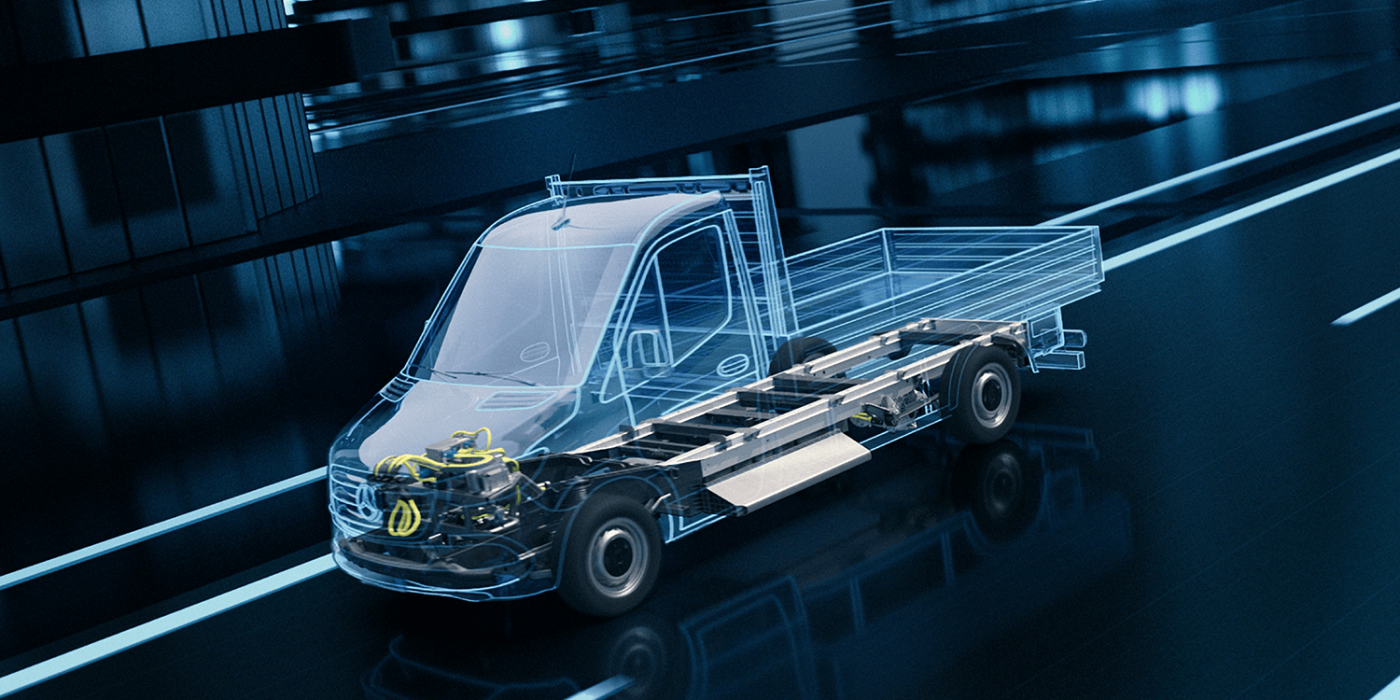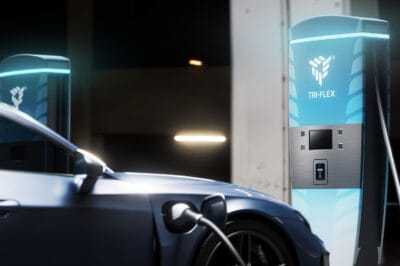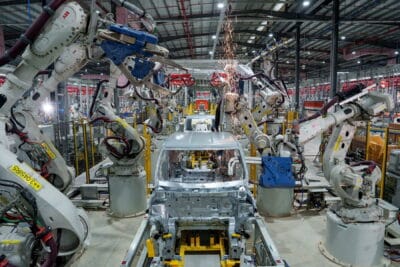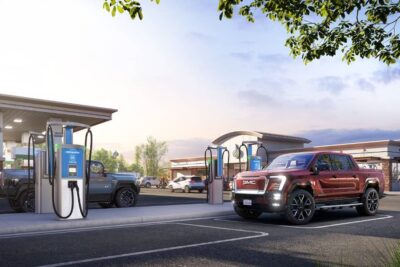Mercedes expands eSprinter production
Mercedes-Benz Vans has announced that it will build the next generation of the eSprinter in a total of three plants from 2023, with two of them in Germany. Additionally, the vehicle will then also be based on a new platform.
At the end of 2020, Mercedes-Benz Vans had announced the next generation of the eSprinter based on the newly developed Electric Versatility Platform, with which the company intends to open up further customer segments and markets, including the USA and Canada. Now the company’s management and employee representatives have agreed that the next generation of the eSprinter will be built in a total of three plants, according to Daimler.
These are the existing Sprinter plants in Charleston in the US state of South Carolina and Düsseldorf and Ludwigsfelde in Germany. The necessary conversion measures, as well as the qualification measures for the personnel, are in preparation. Daimler says it is investing 50 million euros in each location.
The panel van and people carrier versions of the Sprinter will be built in Düsseldorf, while the flatbed trucks and chassis for special conversions will be built in Ludwigsfelde. So far, the eSprinter is only available as a panel van with a high roof, i.e. from Düsseldorf production. The Charleston Sprinter plant was opened in 2018, but no electric vans have been built here so far: With a maximum NEDC range of 168 kilometres, the market opportunities in the USA were deemed too low. Thus, the electric productions in Charleston and Ludwigsfelde would be new.
As Daimler confirms, production is to start in the second half of 2023 and be gradually converted, so the company is not planning a hard switch to EVP. In this way, Daimler wants to be able to respond flexibly to the increasing demand. In addition, Ingo Ettischer, Head of Production Mercedes-Benz Vans, refers to the different requirements of the markets.
“We have decided to expand the next generation of the Mercedes-Benz eSprinter to a total of three locations in our strong global production network, thus creating optimal synergies,” says Ettischer. “We will benefit from our experience which we have already built up very successfully in the production of electric and conventionally driven vans on a line at our plant in Düsseldorf.”
The EVP is said to enable battery capacities of up to 100 kWh; so far the eSprinter has only been available with 41 or 55 kWh. The change is to be barely visible, however: The look of the third generation built since 2018 is to be retained.





0 Comments